What Is Endoscopic Surveillance?
Endoscopic surveillance refers to the use of an endoscope, a medical instrument with a camera and light source, to examine the inside of a patient's body for signs of disease or abnormalities. This technique is commonly used to monitor patients who have a history of certain conditions, such as colon polyps or Barrett's esophagus, which increase their risk of developing cancer. By performing regular endoscopic surveillance, doctors can detect any changes in the patient's condition early on and take appropriate action to prevent or treat cancer. Endoscopic surveillance may also be used to monitor the progress of treatment for certain conditions, such as inflammatory bowel disease or esophageal cancer. The frequency and duration of endoscopic surveillance will depend on the patient's individual risk factors and medical history, as well as the recommendations of their healthcare provider.
1、 Definition and Purpose of Endoscopic Surveillance

Endoscopic surveillance is a medical procedure that involves the use of an endoscope, a flexible tube with a camera and light at the end, to examine the inside of the body. The purpose of endoscopic surveillance is to detect and monitor abnormalities or changes in the tissues or organs being examined, such as the gastrointestinal tract, respiratory system, or urinary tract.
Endoscopic surveillance is commonly used to screen for and monitor conditions such as cancer, inflammatory bowel disease, Barrett's esophagus, and polyps. It can also be used to diagnose and treat certain conditions, such as removing polyps or taking biopsies for further analysis.
The procedure is typically performed by a gastroenterologist, pulmonologist, or urologist, and may require sedation or anesthesia. The endoscope is inserted through a natural opening in the body, such as the mouth or anus, or through a small incision.
The latest point of view on endoscopic surveillance is that it is a valuable tool in the early detection and prevention of certain diseases, particularly cancer. Advances in technology have made endoscopic procedures more precise and less invasive, allowing for earlier detection and treatment of abnormalities. Additionally, research is ongoing to develop new techniques and technologies to further improve the accuracy and effectiveness of endoscopic surveillance.
2、 Types of Endoscopic Procedures Used for Surveillance

Endoscopic surveillance is a medical procedure that involves the use of an endoscope, a flexible tube with a camera and light at the end, to examine the inside of the body. The purpose of endoscopic surveillance is to detect and monitor any abnormalities or changes in the tissues or organs being examined, such as the gastrointestinal tract, respiratory system, or urinary tract.
Endoscopic surveillance is commonly used to screen for and monitor conditions such as cancer, inflammation, ulcers, and polyps. It is also used to diagnose and treat certain conditions, such as removing polyps or taking biopsies for further analysis.
There are several types of endoscopic procedures used for surveillance, including:
1. Upper endoscopy: This procedure involves the insertion of an endoscope through the mouth to examine the esophagus, stomach, and upper part of the small intestine.
2. Colonoscopy: This procedure involves the insertion of an endoscope through the rectum to examine the colon and rectum.
3. Bronchoscopy: This procedure involves the insertion of an endoscope through the nose or mouth to examine the lungs and airways.
4. Cystoscopy: This procedure involves the insertion of an endoscope through the urethra to examine the bladder and urinary tract.
5. Enteroscopy: This procedure involves the insertion of an endoscope through the mouth or anus to examine the small intestine.
The latest point of view on endoscopic surveillance is that it is a valuable tool in detecting and monitoring various medical conditions. However, it is important to weigh the benefits and risks of the procedure, as there is a small risk of complications such as bleeding or infection. Additionally, it is important to follow up with regular surveillance procedures as recommended by a healthcare provider to ensure early detection and treatment of any abnormalities.
3、 Indications for Endoscopic Surveillance

Endoscopic surveillance refers to the use of endoscopy, a medical procedure that involves the insertion of a flexible tube with a camera and light source into the body, to monitor and detect changes in the gastrointestinal tract. This procedure is commonly used to detect and monitor the development of cancerous or pre-cancerous lesions in the colon, esophagus, stomach, and other parts of the digestive system.
Indications for endoscopic surveillance include patients with a history of gastrointestinal cancer, inflammatory bowel disease, or other conditions that increase the risk of developing cancer. Patients who have undergone surgery for gastrointestinal cancer may also require regular endoscopic surveillance to monitor for recurrence.
The latest point of view on endoscopic surveillance is that it is an effective tool for early detection and prevention of gastrointestinal cancer. Recent studies have shown that regular endoscopic surveillance can significantly reduce the incidence of colorectal cancer in high-risk patients. In addition, advances in endoscopic technology, such as high-definition imaging and virtual chromoendoscopy, have improved the accuracy and efficiency of endoscopic surveillance.
Overall, endoscopic surveillance is an important tool in the management of gastrointestinal diseases and can help to improve patient outcomes by detecting and treating cancer at an early stage. It is recommended that patients with a history of gastrointestinal cancer or other high-risk conditions undergo regular endoscopic surveillance as part of their ongoing care.
4、 Risks and Complications of Endoscopic Surveillance

Endoscopic surveillance is a medical procedure that involves the use of an endoscope, a flexible tube with a camera and light at the end, to examine the inside of the body. This procedure is commonly used to monitor and detect abnormalities in the digestive system, such as polyps or tumors in the colon.
The purpose of endoscopic surveillance is to detect and diagnose diseases at an early stage, which can improve the chances of successful treatment. It is also used to monitor the progression of certain conditions, such as inflammatory bowel disease or Barrett's esophagus.
However, like any medical procedure, endoscopic surveillance carries certain risks and complications. These can include bleeding, infection, perforation of the bowel, and adverse reactions to sedation or anesthesia. In rare cases, complications can be severe and even life-threatening.
To minimize the risks of endoscopic surveillance, it is important to choose a qualified and experienced healthcare provider who follows proper safety protocols. Patients should also inform their healthcare provider of any medical conditions or medications that may increase their risk of complications.
In recent years, there has been a growing interest in the use of artificial intelligence (AI) and machine learning to improve the accuracy and efficiency of endoscopic surveillance. These technologies have shown promising results in detecting and diagnosing abnormalities, and may help reduce the risks associated with traditional endoscopic procedures.








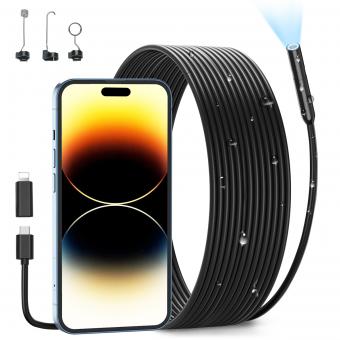
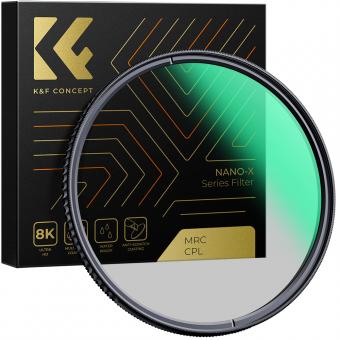
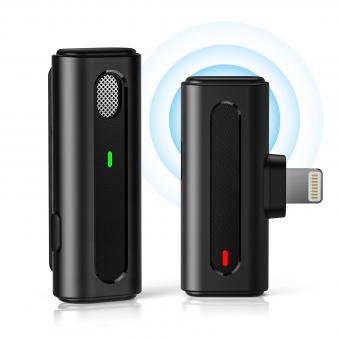






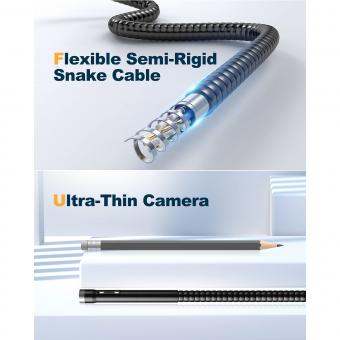













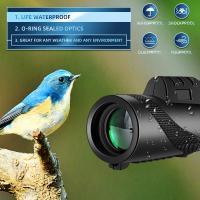


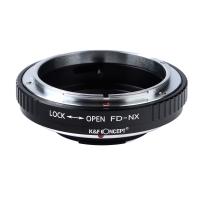
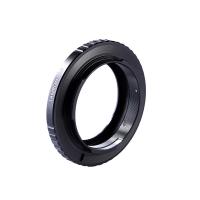


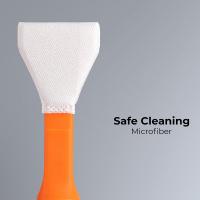
There are no comments for this blog.